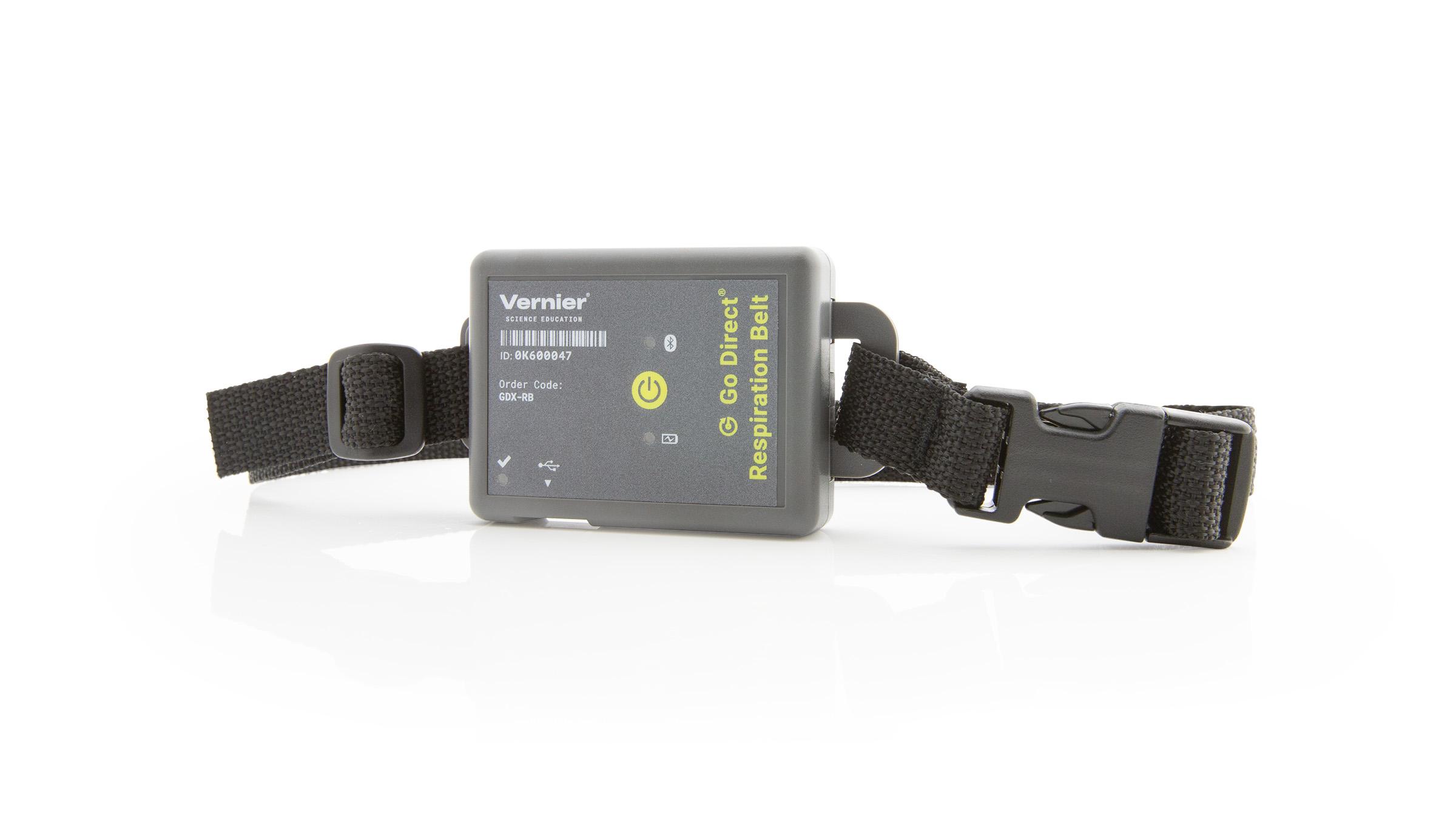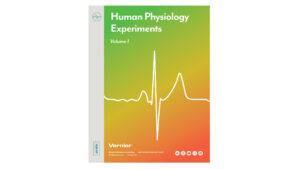Introduction
In this experiment, you will investigate the effect of altering the levels of oxygen and carbon dioxide on the rate at which the heart beats. Two different methods of ventilation will be used to investigate this phenomenon. The first method, hyperventilation, is when the breathing rate of an organism is greater than what is necessary for proper exchange of oxygen and carbon dioxide. This will be achieved by a period of rapid breathing by the test subject. The second method, hypoventilation, occurs when there is a decrease in ventilation without a decrease in oxygen consumption or carbon dioxide production by the body. True hypoventilation is usually the result of a disease. The test subject will simulate this condition by holding his or her breath for a period of time. The test subject’s heart rate will be monitored using a Heart Rate Monitor while breathing patterns are measured using a Respiration Belt.
Objectives
- Monitor the heart rate of the test subject using a Heart Rate Monitor.
- Monitor the breathing pattern of the test subject using a Respiration Belt.
- Evaluate the effects of hyperventilation and hypoventilation on heart rate.
Sensors and Equipment
This experiment features the following sensors and equipment. Additional equipment may be required.
Correlations
Teaching to an educational standard? This experiment supports the standards below.
- International Baccalaureate (IB) 2025/Biology
- C3.1.15—Feedback control of ventilation rate following sensory input from chemoreceptors
Ready to Experiment?
Ask an Expert
Get answers to your questions about how to teach this experiment with our support team.
- Call toll-free: 888-837-6437
- Chat with Us
- Email support@vernier.com
Purchase the Lab Book
This experiment is #11 of Human Physiology Experiments: Volume 1. The experiment in the book includes student instructions as well as instructor information for set up, helpful hints, and sample graphs and data.



